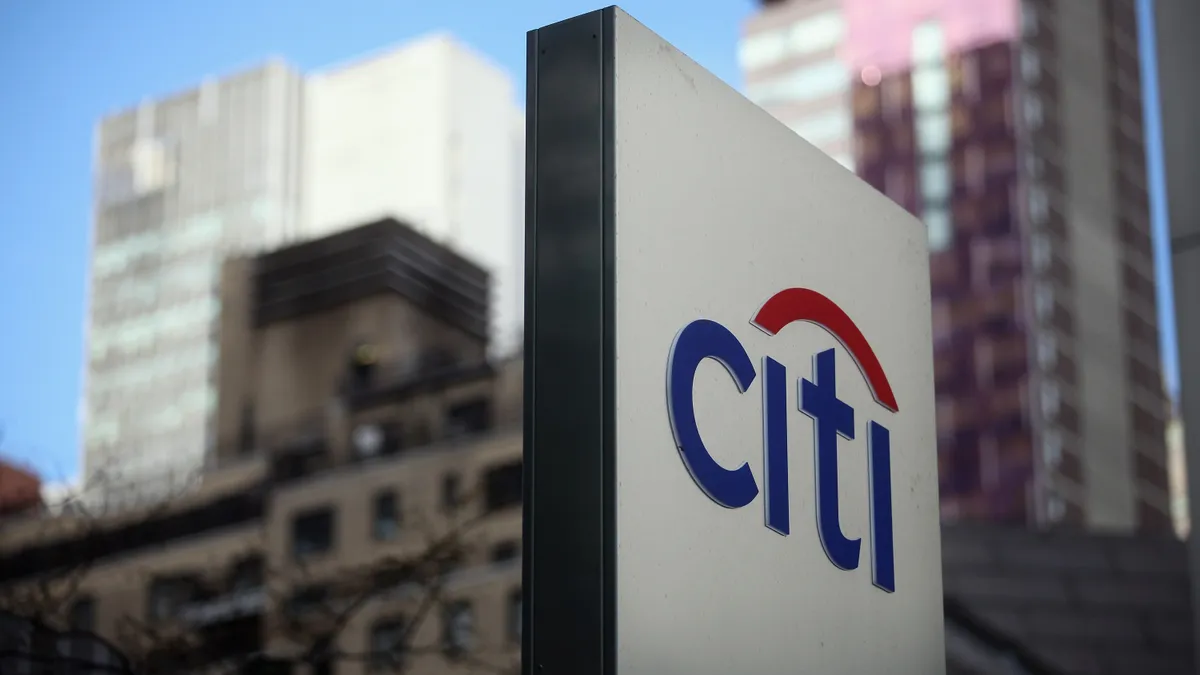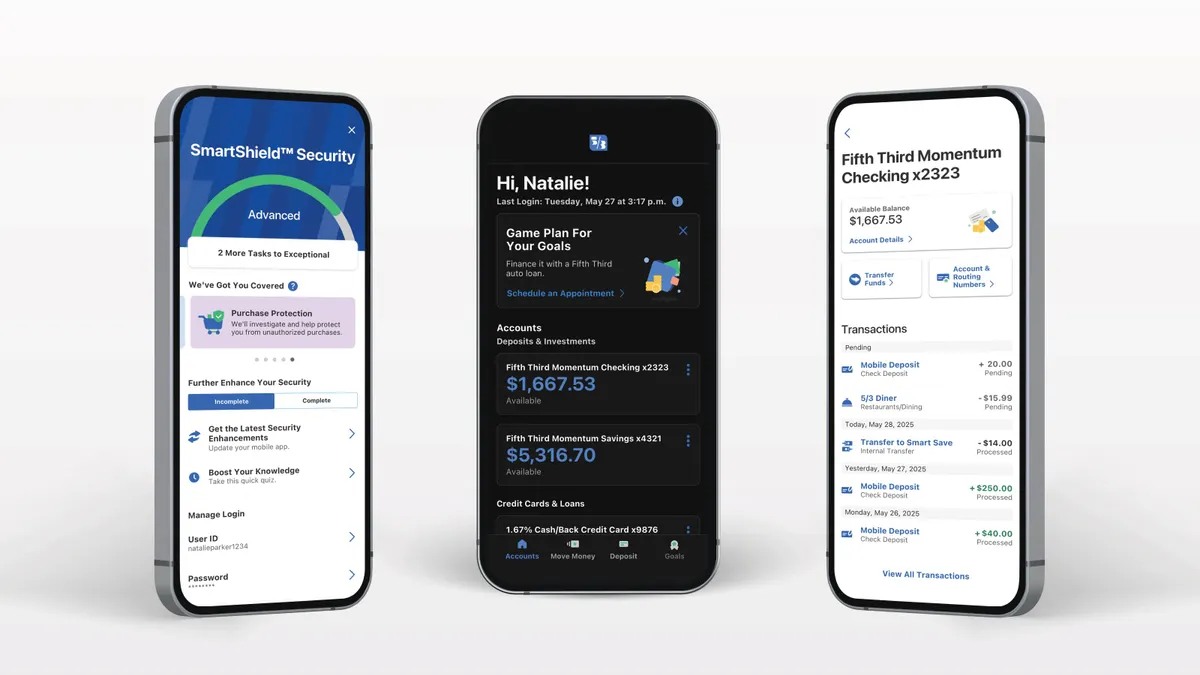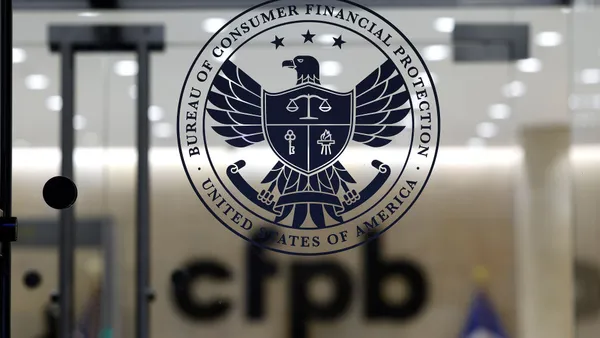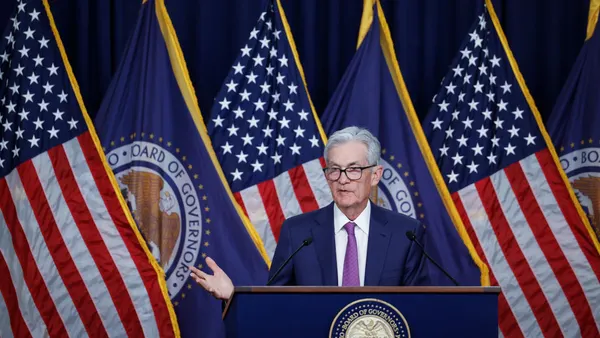Dive Brief:
- Citi revised its diversity goals Tuesday, becoming the first major U.S.-based Wall Street bank to set a target for LGBTQ+ hiring.
- The bank aims, by 2025, for at least 3.5% of its new hires from colleges and universities worldwide to be members of the LGBTQ+ community. That figure, for Citi, now stands at 2.1%, the bank said.
- Citi also seeks to boost to 11.5% its proportion of Black employees in North American roles between assistant vice president and managing director. That’s up from 8% now — a previous target the bank announced in February that it hit.
Dive Insight:
Citi’s revised diversity targets represent an extension of an effort the bank announced in early 2019, in tandem with a pledge to release raw data on the gender pay gap. The bank aimed to boost — to 40% globally by the end of 2021 — the proportion of women in roles from assistant vice president to managing director. Tuesday’s update sets Citi’s new target at 43.5% by 2025.
“We see this as a long-term strategy, not a short-term objective,” Citi CEO Jane Fraser said in a Tuesday memo seen by Bloomberg. “We will continue embedding diverse representation and equity in our business strategy as well as our executive scorecards so that it’s standard practice.”
Fraser last year became the first woman to lead a U.S.-based Wall Street bank.
“These are not just words,” she said of Tuesday’s targets, in a blog post. “We set goals, we prioritize action and we are transparent about results.
Also transparent may be the timing of Citi’s representation push. The initiative announced Tuesday came one day ahead of Fraser’s appearance at a House Financial Services Committee hearing at which diversity in banking was among topics expected to surface.
Citi’s diversity push isn’t limited to female, Black or LGBTQ+ representation. The bank on Tuesday upped its target for Latino or Hispanic employees in U.S roles from assistant vice president to managing director — to 16% in 2025, from 13.7% at the end of 2021.
The bank also wants more diversity from its college-age recruits. It’s aiming for 30% of its North American recruits to come from “underrepresented communities” by 2025, and 25% of its U.K. recruits to be of diverse backgrounds by that time.
In the U.K., Citi is aiming for 11% of its roles between assistant vice president and managing director to be filled by Asian employees; 3% by Black workers; and another 3% by people who identify as mixed-ethnicity or other. In Brazil, Citi wants 10% of the employees filling this roles to be Black or Pardo, a term the country uses to denote mixed ancestry.
Citi’s diversity push comes as recent reports — notably, a 2020 study by McKinsey — found that companies with greater gender diversity on their executive teams were 25% more likely to have above-average profitability than firms with less. Companies with more ethnic diversity were 36% more likely to financially outperform less ethnically diverse companies, the consulting firm found.
"I think there are some people, especially in underrepresented groups, that may believe [banks] are not diverse environments that are welcoming for people like them," Erika Irish Brown, Citi's chief diversity, equity and inclusion officer and global head of talent, told American Banker. "We need to show them that if they have the desire, they'll be welcomed."














